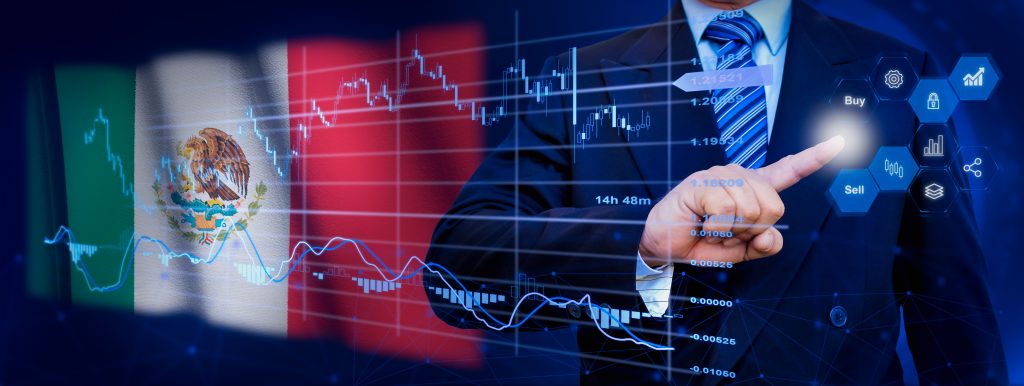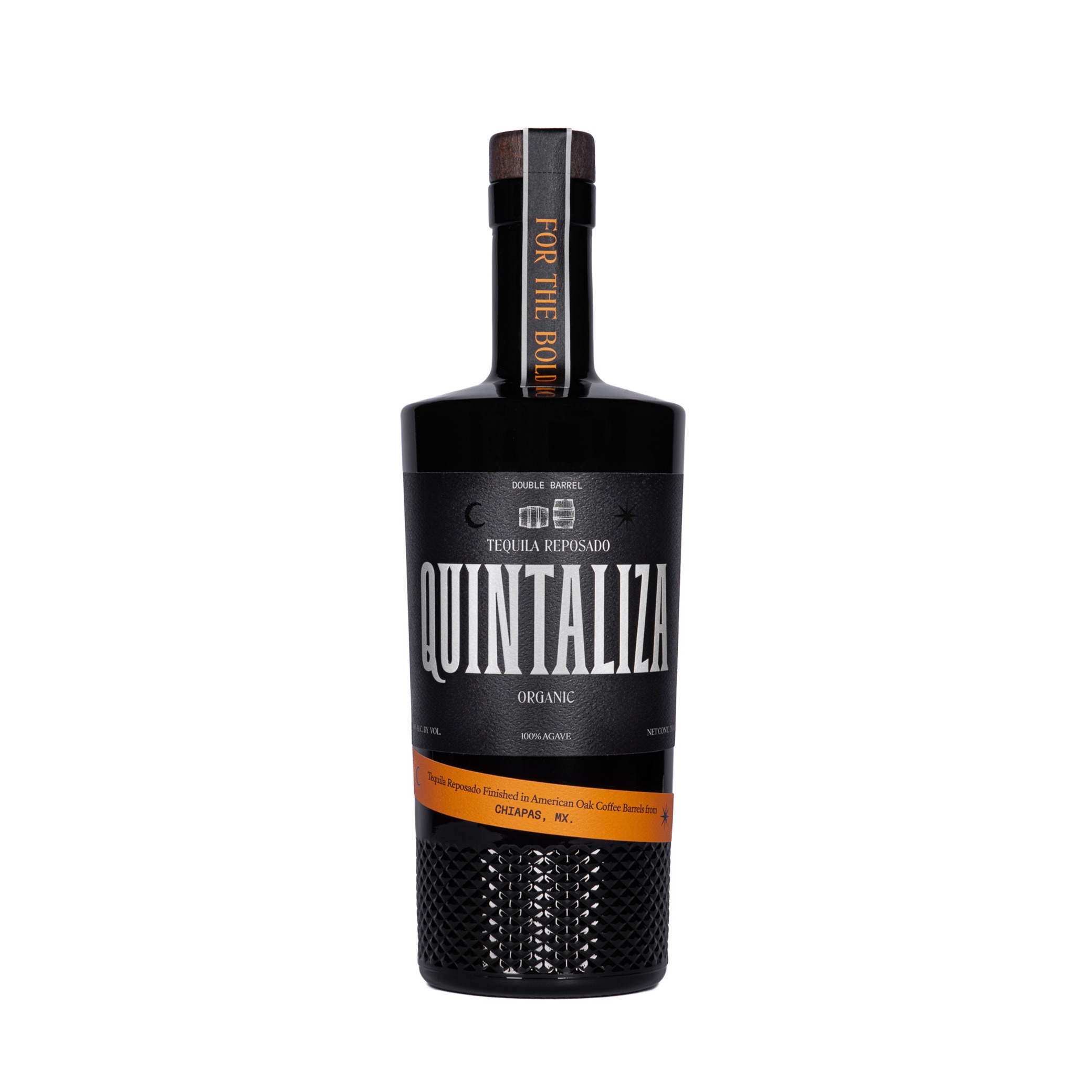Bullish in the Mexican Stock Market
The Mexican stock market has been one of the world’s outperformers in early 2023, with the iShares MSCI Mexico ETF (EWW) up 16% during the month of January

Bull sentiment has taken hold in the 2023 markets, but one niche that’s been especially impressive early this year is the Mexican stock market, often referred to as the “Mexbol.”
The primary Mexican country ETF—the iShares MSCI Mexico ETF (EWW)—was up over 16% during the month of January. The EWW is up roughly 32% since the start of 2021.
The rally in Mexican shares appears to have been triggered by the concurrent alignment of several favorable trends. At the top of the list is the aggressive stance taken by Mexico’s central bank, the Bank of Mexico.
During the last 12 months, the Bank of Mexico has raised benchmark rates from 5.5% to 10.5%. When it comes to tightening monetary policy in the wake of the COVID-19 pandemic, Mexico has been a leader, raising rates quicker and earlier than many other countries around the world.
As a direct result of the rate hikes, there’s been a corresponding strengthening of the Mexican peso. Local currencies often benefit from hawkish monetary policy, and that’s certainly been the case for the peso in recent months.
Since April 2020, the peso has appreciated by about 32% against the U.S. dollar. Positive momentum in the Mexican currency has undoubtedly contributed to the rally in Mexican stocks.
Investors and traders seeking exposure to the Mexican stock market can do so using exchange-traded funds (ETFs) and single stocks. The iShares MSCI Mexico ETF (EWW) is one of the best-known, and most liquid, ETFs focusing on the Mexican stock market.
EWW is a country-specific ETF with over one billion in assets, and it tracks the MSCI Mexico IMI 25/50 Index—which utilizes a market capitalization weighting methodology that accounts for liquidity factors.
The EWW comprises 44 individual stocks, the bulk of which are represented in three market sectors: Communications, consumer staples and financial services. The largest holdings in the EWW are listed below, with the Mexican telecom provider America Movil (AMXL) topping the list.
- America Movil (AMXL), 31%
- Walmex, Wal-Mart de Mexico, 14%
- Grupo Financiero Banorte (GBOOF), 12%
- Fomento Economico Mexicano (FMX), 7%
- Grupo Mexico, 4%
- Grupo Televisa, 4%
- Cemex (CX), 4%
- Grupo Bimbo (GRBMF), 3%
- Grupo Aeroportuario del Pacifico (PAC), 3%
EWW has come off 52-week highs, but is currently trading at the highest levels since 2015. The 52-week low in EWW is $43.65, while the 52-week high is $59.45. EWW currently trades for about $57/share.
Looking beyond the effect of rising rates and a strengthening peso, the Mexican economy appears to be benefiting from the recent nearshoring trend.
Nearshoring refers to the practice of moving one’s business operations closer to where the goods/services are consumed. Mexico has been a direct beneficiary of this trend, as businesses located in Asia and elsewhere in the world have been moving their businesses closer to the United States.
Mexico is viewed as an attractive landing place because it is already a hub for global manufacturing, which means companies can establish a reliable supply chain and hire employees with relative ease. Companies moving operations to Mexico also benefit from favorable free trade agreements in the region, as well as the country’s close proximity to the U.S.
The Mexican government suggested in 2022 that hundreds of companies had inquired about moving operations—in full or in part—to Mexico. Most often those inquiries centered on cities or regions located close to the U.S. border.
Strong interest in Mexican nearshoring was echoed recently by Cecilia Montano, a partner at Deloitte that specializes in foreign trade. Based in Mexico City, Montano recently told the Wall Street Journal, “Some companies are looking to be closer to their markets, with better positioned warehouses and distribution centers.”
Recent nearshoring activity in Mexico has pushed foreign direct investment in the country to 10-year highs, with roughly $32 billion coming into the country during the first nine months of 2022. That’s the most during the first three-quarters of a year since 2013.
Clearly, this trend has benefited the Mexican economy, and likely helps explain recent bullish sentiment in EWW.
Other country ETFs that have outperformed in 2023 include Italy, Spain, Taiwan and France, which can be accessed using the following products, respectively: iShares MSCI Italy ETF (EWI), iShares MSCI Spain ETF (EWP), iShares MSCI Taiwan ETF (EWT) and iShares MSCI France ETF (EWQ).
To learn more about trading country ETFs, check out this installment of Options Jive on the tastylive financial network. To follow everything moving the markets on a daily basis, monitor tastylive, weekdays from 7 a.m. to 4 p.m. CDT.
Sage Anderson is a pseudonym. He’s an experienced trader of equity derivatives and has managed volatility-based portfolios as a former prop trading firm employee. He’s not an employee of Luckbox, tastylive or any affiliated companies. Readers can direct questions about this blog or other trading-related subjects, to support@luckboxmagazine.com.




















